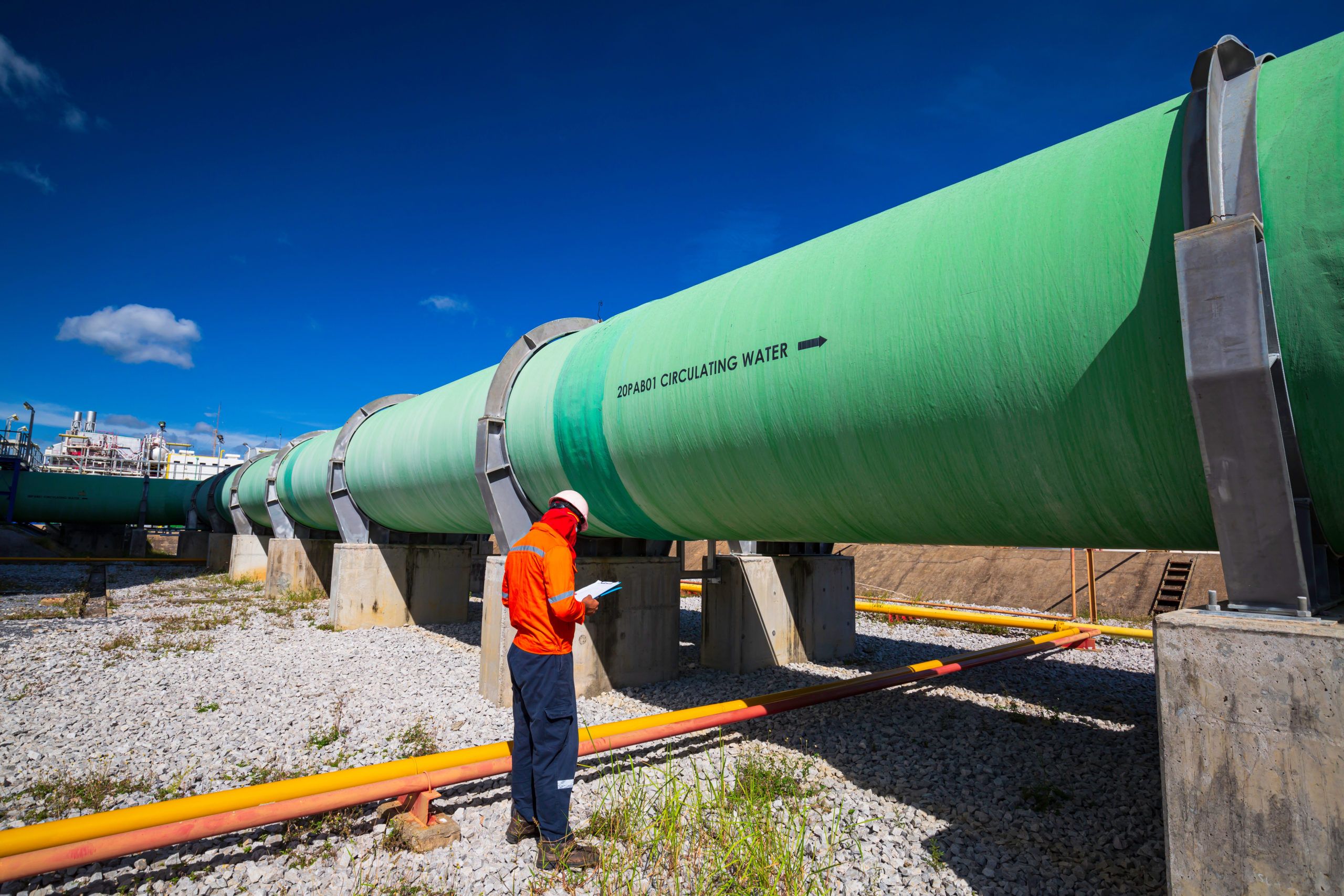Dear Administrator Elliott,
We are writing to you regarding the Pipeline and Hazardous Materials Safety Administration's (PHMSA) proposed rulemaking to conform the outdated class location change regulations with PHMSA's modem integrity management regulations. We support updating this policy and your pursuit of this rulemaking.
While the class location system is referenced throughout PHMSA' s regulations, we recognize that PHMSA's current rulemaking is focused specifically on the class location change requirements. When first incorporated into the federal pipeline safety regulations in 1970, the class location change requirements represented the best way – at the time – to ensure safety for pipeline segments located in areas that had experienced population growth. Internal pipeline inspection technologies did not yet exist. Therefore, because the integrity of a given section of pipe could not be ascertained without excavation, it was deemed necessary to replace pipeline segments in such areas. This requirement to replace pipe, whether it is safe or not, has remained unchanged for almost five decades.
Pipeline safety technology has advanced dramatically since 1970. Using remotely operated internal inspection devices, pipeline operators can measure whether a section of pipe remains safe to operate, and if not, make the appropriate repairs or replacements. In addition, Congress mandated the pipeline integrity management program in 2002 and expanded its application in 20 l1, to require the periodic assessment of pipelines located in populated areas and the remediation of conditions that could reduce a pipeline's integrity.
It is incumbent on PHMSA to update its regulations to enable the use of new technologies that offer more effective, more efficient and less disruptive means of completing important pipeline safety work. The modem technologies that can verify a pipeline's condition will identify the pipe segments that must be replaced and provide relevant data that can be used to enhance pipeline safety beyond the specific locations where population growth has occurred. Such modem technologies can also be used to increase safety procedures for pipeline segments located in areas that have experienced increase in population. There are clear benefits to using modem technology to help determine when it would be appropriate to leave such pipe in place. Nearby communities will be spared the impact of unnecessary construction activity, consumers will be spared the potential disruption to natural gas delivery, and unnecessary releases of natural gas to the atmosphere will be avoided. This would be a material improvement over the one-size-fits all result compelled by the current class location change regulations.
In the Pipeline Safety, Regulatory Certainty, and Job Creation Act of2011, Congress mandated PHMSA promulgate regulations applying integrity management system requirements to a larger proportion of the gas transmission pipeline network. It is critical that PHMSA promptly finalize its integrity management rulemaking for gas transmission pipelines. The pending integrity rule provides a platform for a prompt and efficient update to PHMSA's class location change regulations.
Updating regulations to facilitate the deployment of newer, modern technologies that can more effectively ensure pipeline safety will provide material benefits to all and we believe the recent ANPRM on class location change and accompanying integrity management rulemaking are much needed steps in the right direction.
Sincerely,
James M. Inhofe, United States Senator
Jeff Denham, Chair, Subcommittee on Railroads, Pipelines, and Hazardous Materials
Bob Gibbs, Member of Congress
Mike Gallagher, Member of Congress
Todd Rokita, Member of Congress
Garret Graves, Member of Congress





